8 GPTs for Packaging Design Powered by AI for Free of 2025
AI GPTs for Packaging Design are advanced tools based on Generative Pre-trained Transformers that cater specifically to the needs of packaging design. These tools leverage the power of AI to offer innovative solutions for creating, analyzing, and optimizing packaging designs. By understanding the nuances of label requirements, GPTs provide customized support, making them invaluable in developing packaging that stands out while meeting practical constraints. Their relevance lies in their ability to process vast amounts of data, learn from design trends, and generate creative concepts tailored to specific label characteristics.
Top 8 GPTs for Packaging Design are: GPT Product Designer by God of Prompt,Design Maven,Brand Development Assistant,Design Maestro 2000,KSD CannabisAudit GPT,Smart Label,Product Designer for Canna Designs,Design Mockup Creator
GPT Product Designer by God of Prompt
Revolutionizing Design with AI-Powered Precision
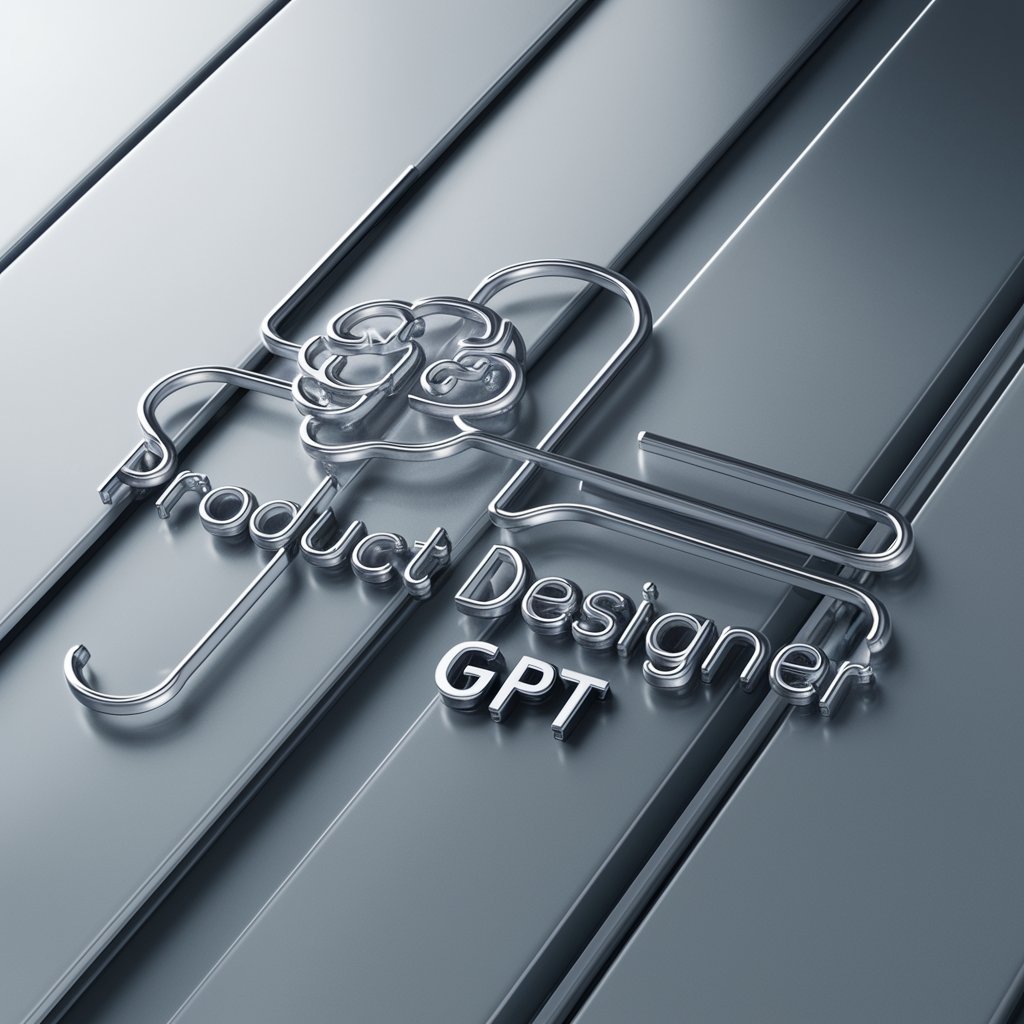
Design Maven
Unleashing Creativity with AI
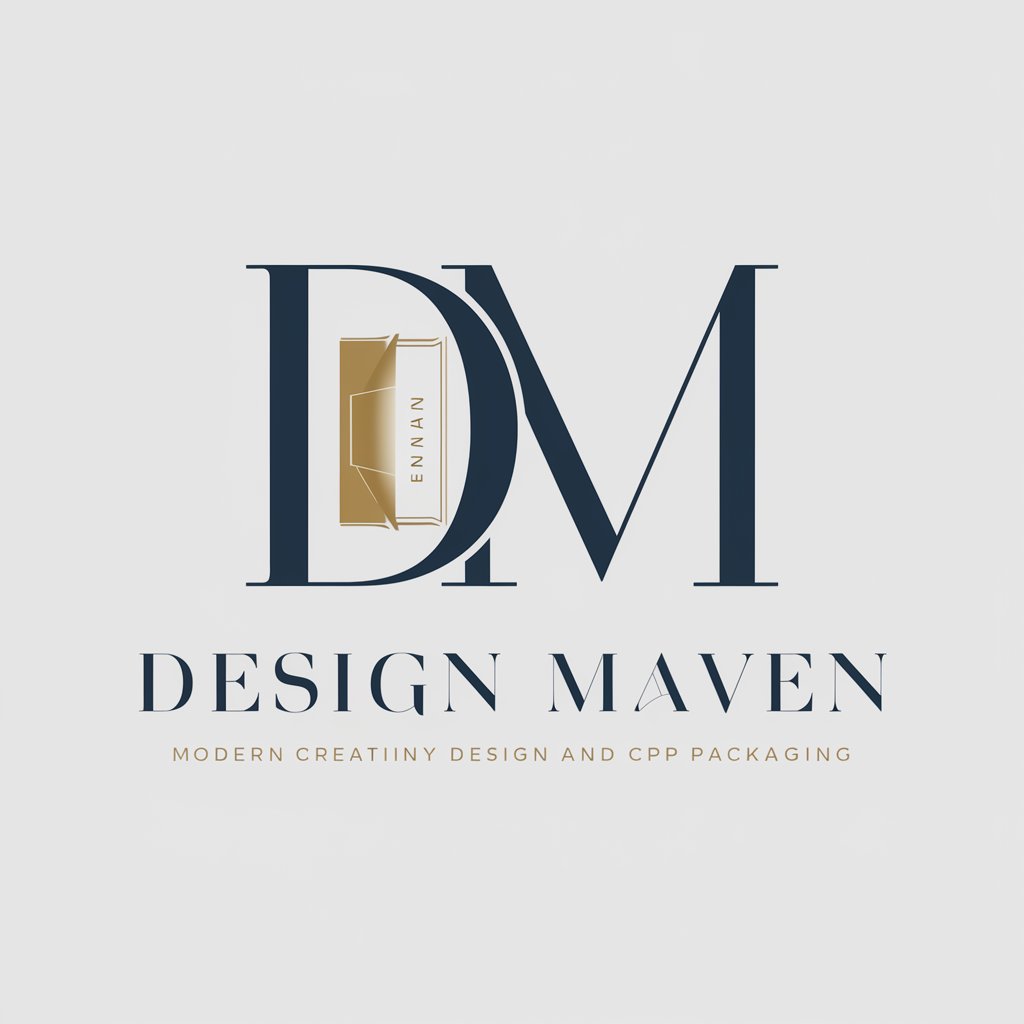
Brand Development Assistant
AI-Powered Brand Development Solutions
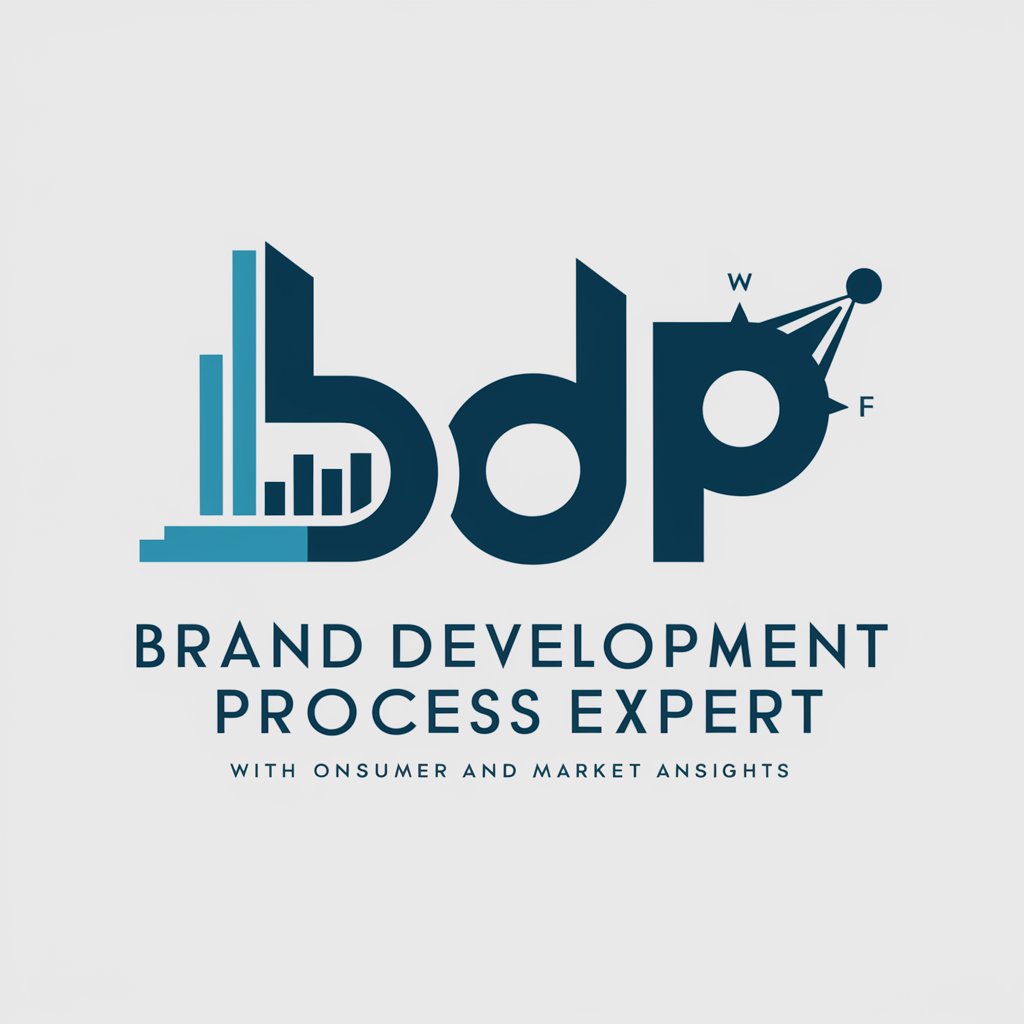
Design Maestro 2000
Simplicity Meets Innovation in AI-Powered Design
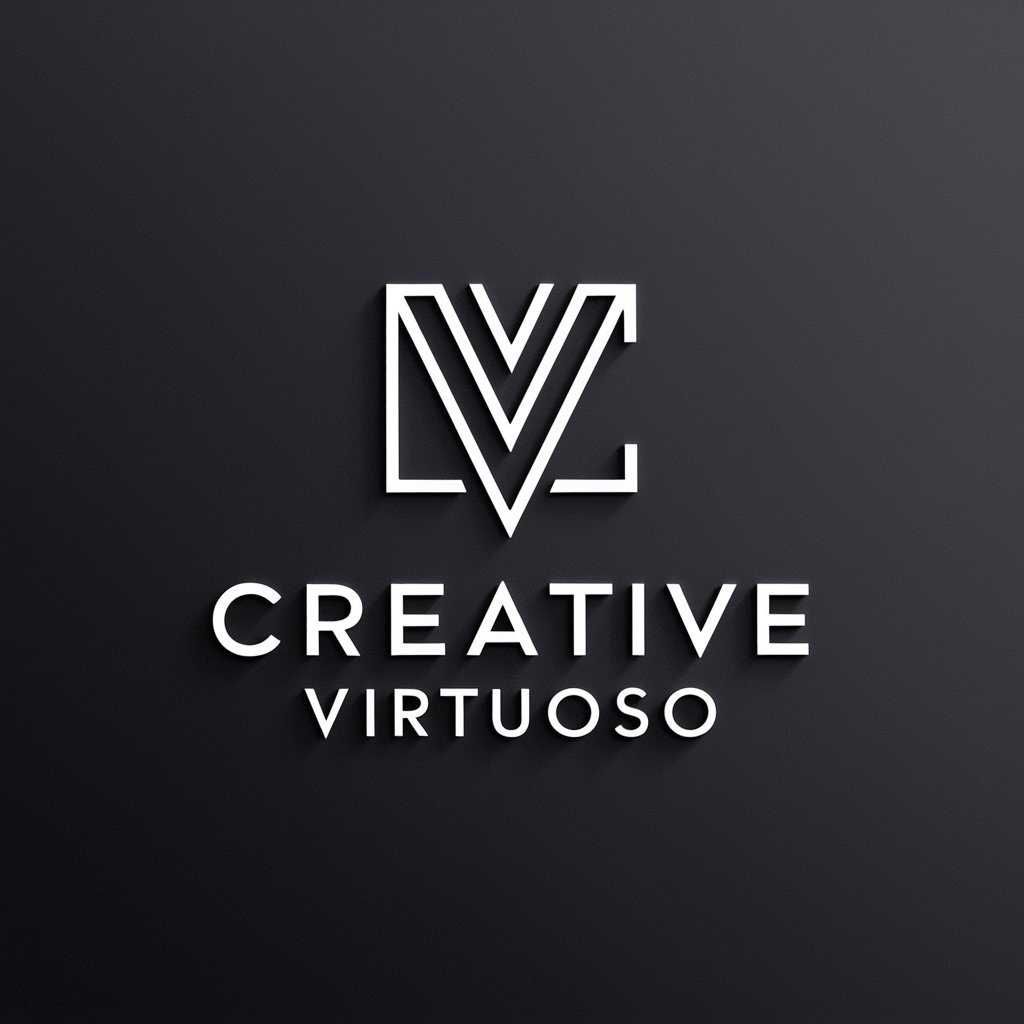
KSD CannabisAudit GPT
AI-Powered Cannabis Packaging Compliance

Smart Label
Designing Smart Labels with AI Precision
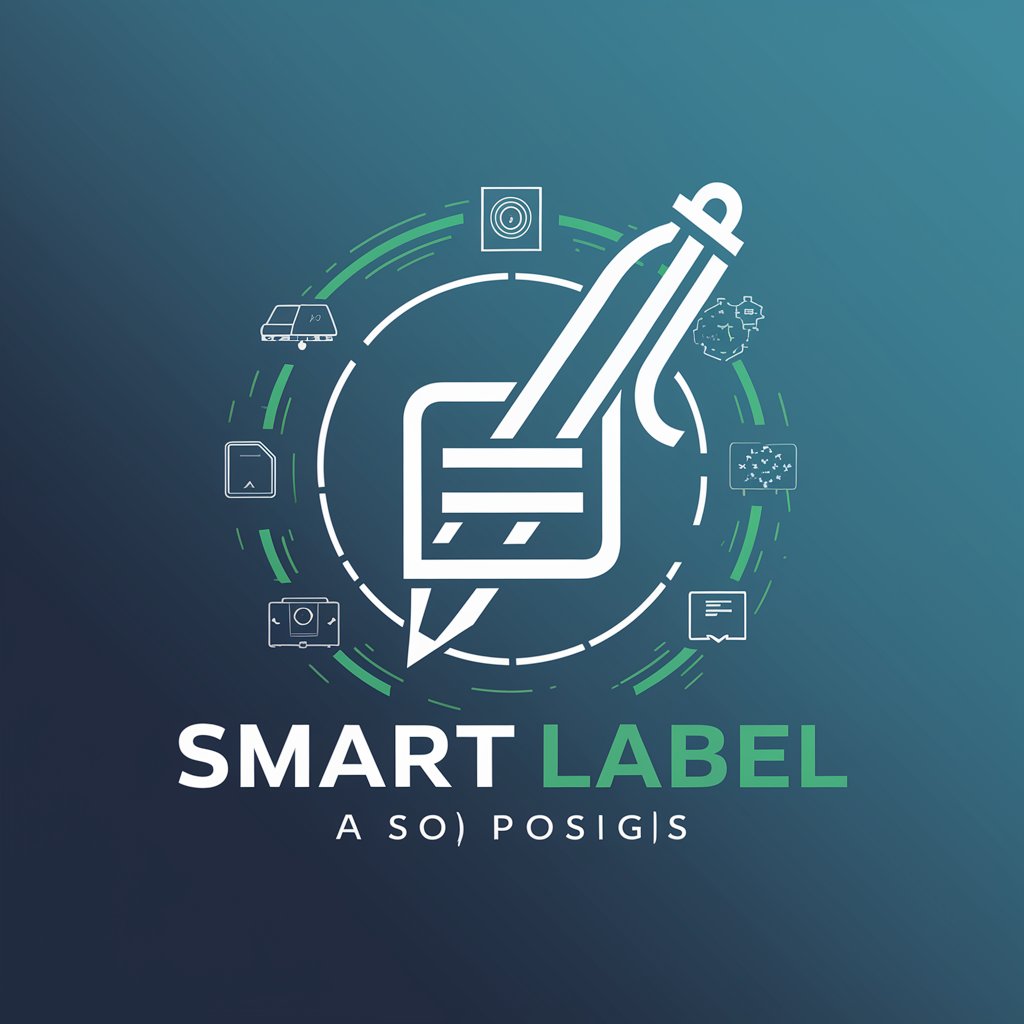
Product Designer for Canna Designs
Crafting bespoke cannabis packaging designs

Design Mockup Creator
Bring Your Designs to Life with AI
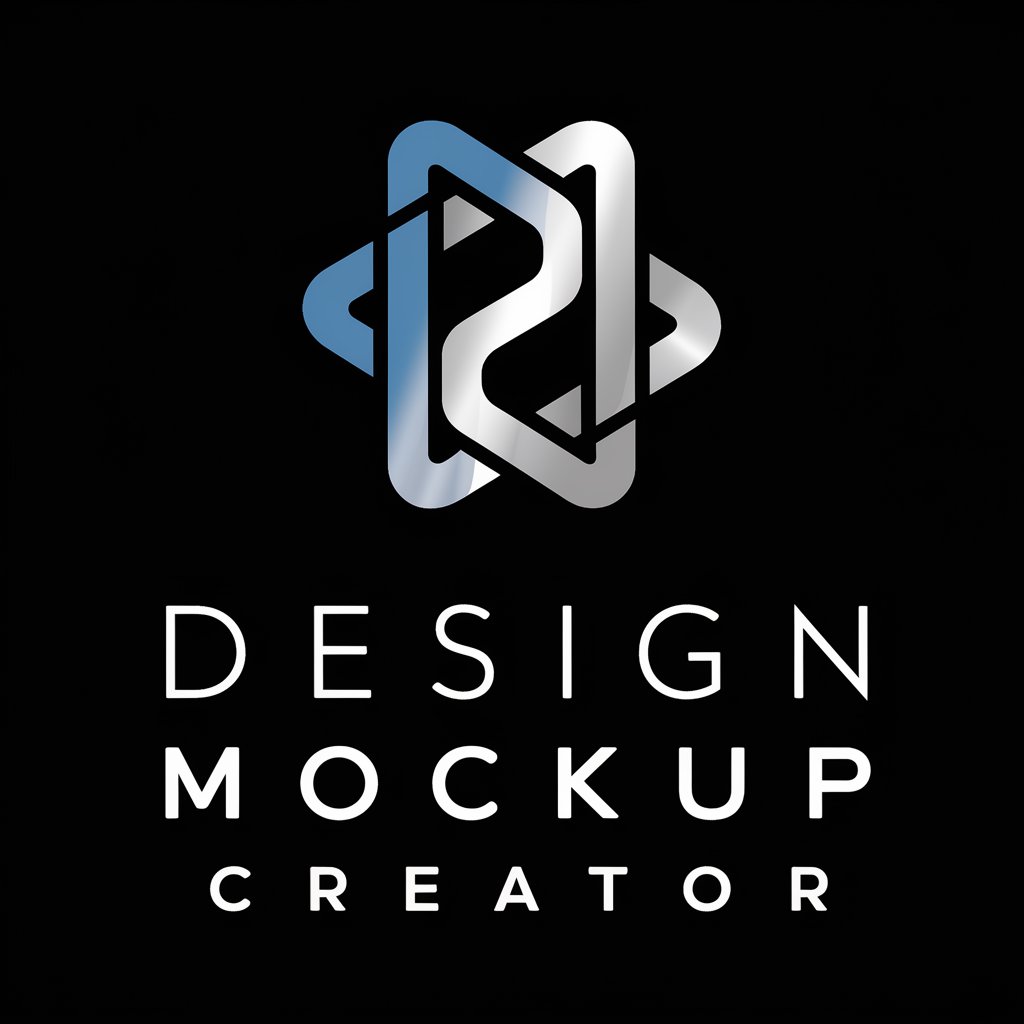
Key Attributes of Packaging Design AI
AI GPTs tools for Packaging Design boast several core features that set them apart. These include adaptability to various design complexities, from generating initial concepts to refining detailed elements. They can understand and apply design principles, ensure brand consistency, and predict market trends. Special features might encompass language understanding for global market adaptations, technical design support, image creation for mock-ups, and data analysis for user engagement insights. These capabilities enable a seamless design process, from conceptualization to final product.
Who Benefits from Packaging Design AI?
The primary users of AI GPTs for Packaging Design include novices seeking to create compelling designs, developers integrating AI into design tools, and design professionals aiming for innovation in packaging. These tools are accessible to individuals with minimal programming knowledge, thanks to user-friendly interfaces, while also offering advanced customization options for those with technical expertise. This ensures that anyone interested in packaging design, regardless of their skill level, can leverage these AI capabilities.
Try Our other AI GPTs tools for Free
Product Safety
Discover how AI GPTs revolutionize product safety with advanced analysis, risk assessment, and compliance support, making them indispensable tools for industry professionals.
Indoor Games
Discover how AI GPTs are revolutionizing Indoor Games, offering dynamic, intelligent, and personalized gaming experiences. Dive into the future of gaming with AI.
Customizable Toys
Discover the future of toy customization with AI GPTs. These advanced tools offer personalized design solutions, making innovative toy creation accessible to everyone.
Art Generation
Explore the innovative world of AI GPTs for Art Generation, where technology meets creativity. These powerful tools offer artists and designers new ways to create, experiment, and push the boundaries of traditional art.
Security Models
Explore AI GPTs for Security Models: Tailored AI-driven solutions to enhance cybersecurity, offering real-time threat detection, predictive analytics, and seamless integration with existing systems.
Technology Applications
Discover how AI GPTs transform technology applications with advanced natural language understanding, coding assistance, and customizable tech solutions.
Further Perspectives on AI in Label Design
AI GPTs for Packaging Design not only streamline the design process but also open new avenues for creativity and market adaptability. Their integration into existing workflows offers the potential to significantly reduce time-to-market while ensuring designs are optimized for consumer engagement. User-friendly interfaces promote wider accessibility, democratizing design capabilities and fostering innovation across industries.
Frequently Asked Questions
What exactly are AI GPTs for Packaging Design?
AI GPTs for Packaging Design are specialized AI tools designed to assist in the creation and optimization of packaging labels and designs using advanced data processing and creative generation capabilities.
Can these AI tools generate designs from scratch?
Yes, they can generate initial design concepts from scratch, based on input parameters such as brand identity, product specifications, and target audience preferences.
Do I need coding skills to use these tools?
No, many AI GPTs for Packaging Design are built with user-friendly interfaces that do not require coding skills for basic functionalities, making them accessible to a wide range of users.
Can professionals benefit from using AI in packaging design?
Absolutely. Professionals can leverage these tools for more efficient workflows, innovative design generation, and data-driven decision-making to enhance packaging effectiveness.
Are these tools adaptable to different design styles?
Yes, they are highly adaptable and can generate designs that align with various styles, ensuring brand consistency and relevance to current trends.
How do AI tools for Packaging Design handle market analysis?
They analyze current market trends, consumer preferences, and competitive designs to suggest optimizations for packaging that resonates well with the target audience.
Is it possible to customize the AI's design suggestions?
Yes, users can refine and customize the AI-generated designs to meet specific needs, ensuring the final output is both unique and aligned with brand values.
What are the limitations of using AI for packaging design?
While AI can offer innovative design options and insights, the final decision-making and nuanced adjustments require human judgment, especially in understanding cultural and emotional factors influencing design effectiveness.